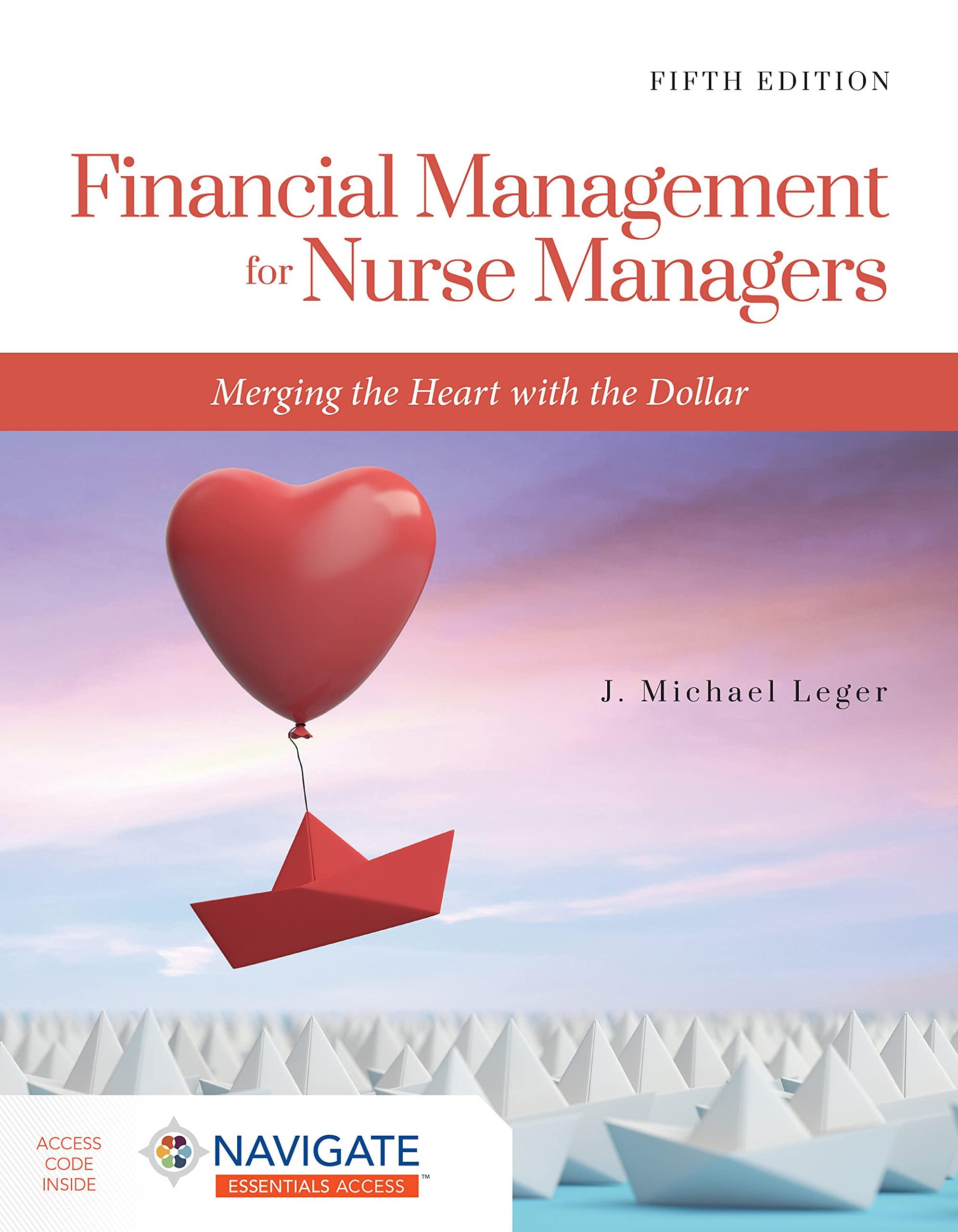

A bicycle manufacturer currently produces 221,000 units a year and expects output levels to remain steady in the future. It buys chains from an outside supplier at a price of $1.90 a chain. The plant manager believes that it would be cheaper to make these chains rather than buy them. Direct in-house production costs are estimated to be only $1.60 per chain. The necessary machinery would cost $251,000 and would be obsolete after ten years. This investment could be depreciated to zero for tax purposes using a ten-year straight-line depreciation schedule. The plant manager estimates that the operation would require $41,000 of inventory and other working capital upfront (year 0), but argues that this sum can be ignored since it is recoverable at the end of the ten years. Expected proceeds from scrapping the machinery after ten years are $18,825. If the company pays tax at a rate of 20% and the opportunity cost of capital is 15%, what is the net present value of the decision to produce the chains in-house instead of purchasing them from the supplier? Project the annual free cash flows (FCF) of buying the chains. The annual free cash flows for years 1 to 10 of buying the chains is $ . (Round to the nearest dollar. Enter a free cash outflow as a negative number.) Compute the NPV of buying the chains from the FCF. The NPV of buying the chains from the FCF is $ . (Round to the nearest dollar. Enter a negative NPV as a negative number.) Compute the initial FCF of producing the chains. The initial FCF of producing the chains is $ . (Round to the nearest dollar. Enter a free cash outflow as a negative number.) Compute the FCF in years 1 through 9 of producing the chains. The FCF in years 1 through 9 of producing the chains is $ . (Round to the nearest dollar. Enter a free cash outflow as a negative number.) Compute the FCF in year 10 of producing the chains. The FCF in year 10 of producing the chains is $ . (Round to the nearest dollar. Enter a free cash outflow as a negative number.) The FCF in year 10 of producing the chains is $ . (Round to the nearest dollar. Enter a free cash outflow as a negative number.) Compute the NPV of producing the chains from the FCF. The NPV of producing the chains from the FCF is $ . (Round to the nearest dollar. Enter a negative NPV as a negative number.) Compute the difference between the net present values found above. The net present value of producing the chains in-house instead of purchasing them from the supplier is $ . (Round to the nearest dollar.) A bicycle manufacturer currently produces 221,000 units a year and expects output levels to remain steady in the future. It buys chains from an outside supplier at a price of $1.90 a chain. The plant manager believes that it would be cheaper to make these chains rather than buy them. Direct in-house production costs are estimated to be only $1.60 per chain. The necessary machinery would cost $251,000 and would be obsolete after ten years. This investment could be depreciated to zero for tax purposes using a ten-year straight-line depreciation schedule. The plant manager estimates that the operation would require $41,000 of inventory and other working capital upfront (year 0), but argues that this sum can be ignored since it is recoverable at the end of the ten years. Expected proceeds from scrapping the machinery after ten years are $18,825. If the company pays tax at a rate of 20% and the opportunity cost of capital is 15%, what is the net present value of the decision to produce the chains in-house instead of purchasing them from the supplier? Project the annual free cash flows (FCF) of buying the chains. The annual free cash flows for years 1 to 10 of buying the chains is $ . (Round to the nearest dollar. Enter a free cash outflow as a negative number.) Compute the NPV of buying the chains from the FCF. The NPV of buying the chains from the FCF is $ . (Round to the nearest dollar. Enter a negative NPV as a negative number.) Compute the initial FCF of producing the chains. The initial FCF of producing the chains is $ . (Round to the nearest dollar. Enter a free cash outflow as a negative number.) Compute the FCF in years 1 through 9 of producing the chains. The FCF in years 1 through 9 of producing the chains is $ . (Round to the nearest dollar. Enter a free cash outflow as a negative number.) Compute the FCF in year 10 of producing the chains. The FCF in year 10 of producing the chains is $ . (Round to the nearest dollar. Enter a free cash outflow as a negative number.) The FCF in year 10 of producing the chains is $ . (Round to the nearest dollar. Enter a free cash outflow as a negative number.) Compute the NPV of producing the chains from the FCF. The NPV of producing the chains from the FCF is $ . (Round to the nearest dollar. Enter a negative NPV as a negative number.) Compute the difference between the net present values found above. The net present value of producing the chains in-house instead of purchasing them from the supplier is $ . (Round to the nearest dollar.)








